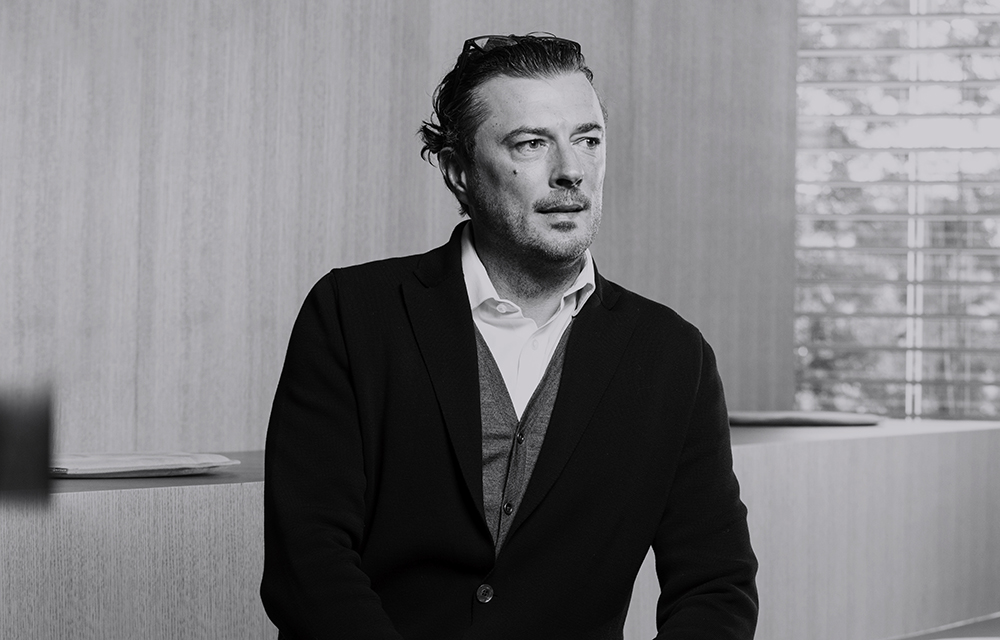Vincent Lebrun is a Tax Partner in the Alternatives Tax Structuring practice in Luxembourg with 24 years of experience in this area. He’s been leading the Alternatives Industry practice at PwC Luxembourg for three years after having led the Private Equity Industry practice since 2007.
Vincent has also a very long and wide experience in tax structuring cross-border transactions, including acquisitions, refinancing and disposals, where Luxembourg is used as a fund and investment platform.
Vincent has focused on structuring Luxembourg funds in a European Alternatives context for international and European investors through Luxembourg. He has specific experience with the choice of a suitable regulatory regime and investment platform structuring for Alternatives vehicles, tax issues arising in source European jurisdictions and in doing so has coordinated various projects for international fund clients with the PwC global network.
What’s the current state of M&A in Europe?
To get a correct view of the current state of M&A in Europe, it needs to be placed in the context of 2020 and 2021, as these were record years in terms of transactions. 2021 in particular was a record-shattering year in many aspects (deal value, fundraising etc). In 2021 there was a special alignment of factors which favoured exits:
- Massive amounts of dry powder under pressure to be deployed
- Buoyant public market resulting in the resurgence of IPO as exit (and consequently the rise of SPACs)
- Better than expected economic growth (fuelled by state aids) and stock prices that reassured strategic acquirers
- Cost of debt practically at zero
The recovery of the M&A market since the early days of the pandemic was impressive. A collateral aspect of this was that the high deal values and volumes resulted in heightened regulatory interest in deal-making, meaning new challenges for deal planning and execution.
As the war in Ukraine continues, sanctions on Russia, and related geopolitical volatilities have the potential to impact the M&A outlook, but the extent is hard to predict. However, one trend likely to continue is increasing regulatory complexity.
2022 brings other types of challenges and therefore we are waiting to see the impact of market volatility, increase of interest rates as well as geopolitical crises on transactions. So far, M&A in Europe has demonstrated a strong resilience. In Q1 2022, 4,138 deals closed worth in aggregate $479.0 billion—marking YoY increases of 2.6% and 10.7%, respectively. The closing in February of the $44.0 billion merger between S&P Global (NYSE: SPGI) and UK-based IHS Markit certainly impacted significantly overall deal value.
Overall/globally, we are confident about 2022. However, given the tightening of economic conditions we expect that, contrary to 2021, 2022 will be more about medium and small size deals. We believe that in 2022, M&A players will be focused on deal value, portfolio optimisation, and looking for opportunities resulting from the cooling down of valuations.
Looking forward, we expect that Tech and ESG will continue to attract valuation premiums especially when combined with attractive sectors such as health and infrastructure.
What trends in fundraising are you seeing?
While 2021 was a record year in terms of fundraising and there is plenty of ageing dry powder in the market, compared with Q2 2021, we see a decline in fundraising numbers by 50.5% by value and 57.8% by number of funds closed.
Our analysis, and the figures, show that PE fundraising has taken a big hit this year due to the market downturn and geopolitical uncertainty. As the graph below shows, PE Fundraising in Europe stands at around €60bn as of H1 2022 - thus it is highly unlikely that end-year figures will come close to last year's (which were strongly bolstered by the post-COVID market upturn).
Fundraising may come under further pressure as LPs digest market sell-off Private equity managers had $1.2tn of dry powder at their disposal at the end of 2021, which represented 26.3% of total private equity AUM (Fig. 15). Coming quarters may see additional pressure on fundraising, as LPs delay allocations due to the strong correction in risk assets, which has left private equity allocations higher as a percentage of their portfolios. Many of the clients that we have spoken with in recent months suggest that the fundraising environment is indeed becoming more challenging. The exit environment will remain so, especially in the IPO market. GPs will likely still be reluctant to accept exits at depressed valuations and we expect additional use of continuation vehicles in coming quarters. Similarly, we expect a bright outlook for the private equity secondaries market as some LPs also look to rebalance positions.
In our opinion, private equity remains one of the asset classes most at risk from market turmoil.
Why is Luxembourg an attractive destination for the Alternative Investment Industry?
Although there have been some challenges to the Grand Duchy’s competitiveness in recent years, Luxembourg remains an attractive destination for the Alternative Investment Industry and is the 2nd largest investment fund centre in the world and the leading country in global fund distribution. In fact, an astonishing 98 out of the top 100 asset managers worldwide have funds domiciled in Luxembourg. AUM in Alternative Investments have grown by 39.5% on average per year between 2017 and 2020.
Luxembourg’s international approach towards fund management
Since the implementation of the Alternative Investment Fund Managers Directive (AIFMD) in 2013, laws such as the Special Limited Partnership (SLP) have fuelled the rise of Luxembourg as the preeminent destination for the private equity and real estate industry, offering a gateway to Europe through utilising familiar features from established US and UK limited partnerships.
Furthermore, when it comes to dealing with UCITS, the Grand Duchy boasts over 30 years of experience. Its AAA rating, emblematic of political and fiscal stability, allows for legal and regulatory certainty. Luxembourg’s regulated status offers investors stability in an otherwise uncertain world.
Luxembourg is well known for the expertise of its service providers in back and middle office functions, and third-party AIFM services, with the ability to tailor solutions to the size and complexity of each asset manager.
Fund Toolbox
We attribute the exponential growth in recent years in no small part to the RAIF; a unique multipurpose alternative fund that can be marketed quickly as a diversification option. Coupled with regulatory supervision at fund manager level to ensure robust levels of investor protection, they form part of a grand arsenal of investment vehicles available in Luxembourg.
But in order to remain competitive, what is clear is that an innovative legal and fiscal environment is critical to defend and improve Luxembourg’s competitive position as a centre for the domiciliation, administration and distribution of investment funds.










